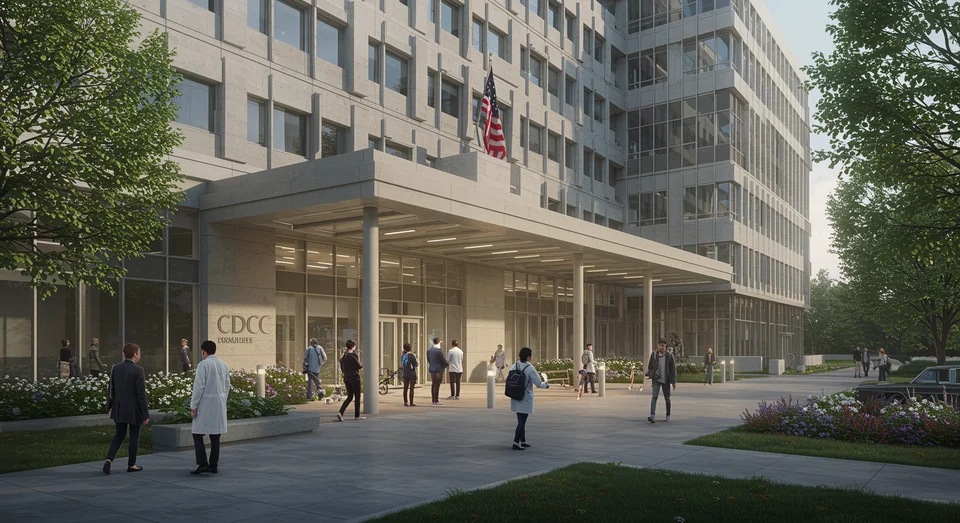CDC Reports Autism Diagnoses Surge to 1 in 31 Children; Trump Administration Launches New Initiative
202 views
The prevalence of autism spectrum disorder among American children has surged dramatically over the past two decades, with one in 31 children now diagnosed by age eight, according to the latest report from the Centers for Disease Control and Prevention (CDC). This marks a striking increase from the rate of one in 150 recorded in 2000 and one in 54 in 2016. While experts emphasize that heightened awareness and improved diagnostic methods have contributed significantly to these numbers, the underlying causes of autism remain a complex and unsettled puzzle, with genetics widely regarded as the most influential factor.

Autism’s Rising Numbers and Lingering Mysteries
The sharp rise in autism diagnoses reflects a dual reality: the triumph of modern medicine in recognizing developmental disorders earlier and more accurately, and the enduring challenges of unraveling the condition’s intricate origins. Advances in pediatric care and education have equipped parents, teachers, and clinicians to identify autism spectrum disorder (ASD) with greater precision, leading to earlier interventions that can profoundly shape outcomes for affected children. Yet this progress has also brought to light the disparities in diagnosis rates across gender and racial lines. Boys are diagnosed with autism at three times the rate of girls, a disparity that researchers attribute partly to biological differences and partly to the ways autism manifests behaviorally in girls, often making it harder to detect. Similarly, Black and Hispanic children are diagnosed at higher rates than their white peers, a trend that may reflect increased access to diagnostic services in underserved communities rather than a true difference in prevalence.
Amid this evolving landscape, the specter of misinformation continues to haunt public health efforts. Despite overwhelming scientific evidence debunking any link between vaccines and autism, persistent myths have fueled vaccine hesitancy, with tangible consequences. Outbreaks of measles, a disease once virtually eradicated in the United States, have resurged in communities with low vaccination rates, underscoring the dangers of allowing baseless fears to overshadow established science. Public health officials remain vigilant, working to counter misinformation while addressing the broader implications of declining immunization rates.
The Trump administration’s announcement of a forthcoming initiative to investigate autism’s causes has added another layer of complexity to the discourse. Spearheaded by Health and Human Services Secretary Robert F. Kennedy Jr., the program promises large-scale testing and research, though details about its scope and methodology remain scarce. Kennedy’s controversial history as a vocal critic of vaccines has sparked concerns about the initiative’s direction and credibility, particularly among scientists wary of conflating genuine research with discredited theories. Still, the prospect of renewed focus on autism’s origins—if grounded in rigorous, unbiased science—offers hope for deeper understanding and, potentially, more effective interventions.
The surge in diagnoses also invites reflection on the societal shifts that have accompanied this trend. Autism, once shrouded in stigma and misunderstanding, has gradually become a more visible and accepted part of the human experience. Advocacy groups and individuals on the spectrum have played a pivotal role in reshaping public perceptions, emphasizing the strengths and unique perspectives that come with neurodiversity. Schools and workplaces are increasingly adapting to accommodate individuals with autism, fostering environments where differences are not merely tolerated but valued.
Yet challenges remain, particularly in ensuring equitable access to resources and support. Early intervention programs, specialized therapies, and educational accommodations can be transformative, but they are often prohibitively expensive or unevenly distributed. Families in rural areas or lower-income brackets frequently face barriers to obtaining the care their children need, perpetuating cycles of inequality that demand urgent attention.
The rising prevalence of autism diagnoses is a clarion call for action—action rooted in science, compassion, and a commitment to equity. As researchers delve deeper into the genetic and environmental factors that contribute to autism, society must continue to evolve in its understanding and support of those on the spectrum. The numbers tell a story of progress, but they also reveal the work yet to be done, both in unlocking autism’s mysteries and in building a world where every child, regardless of diagnosis, can thrive.
